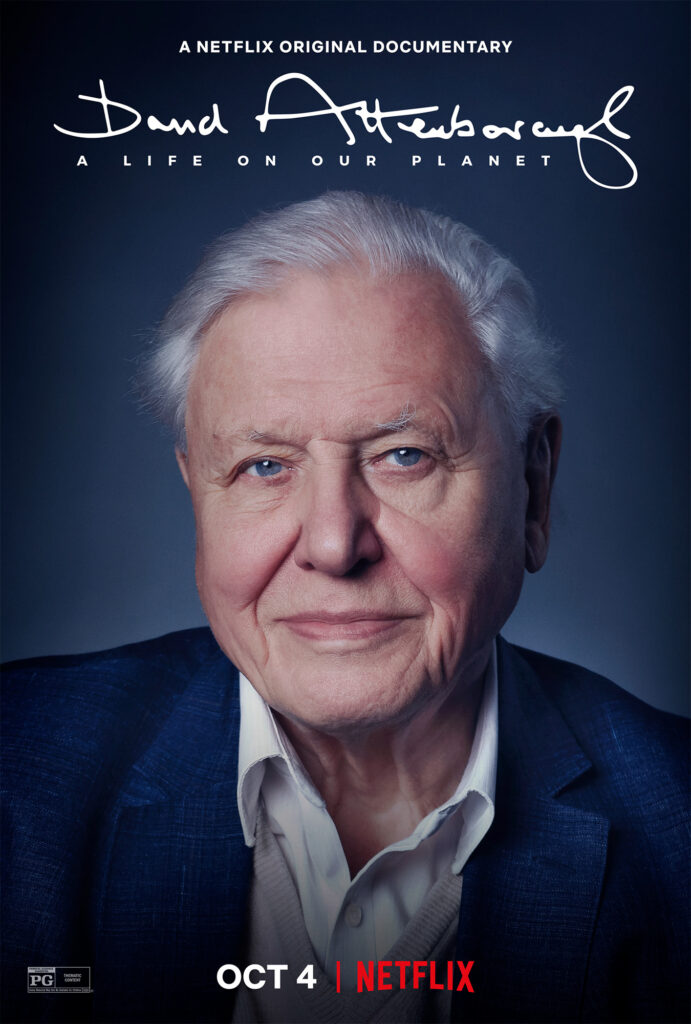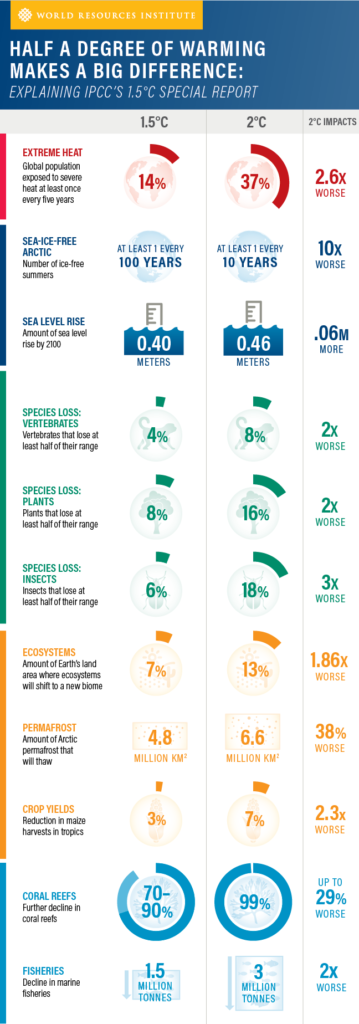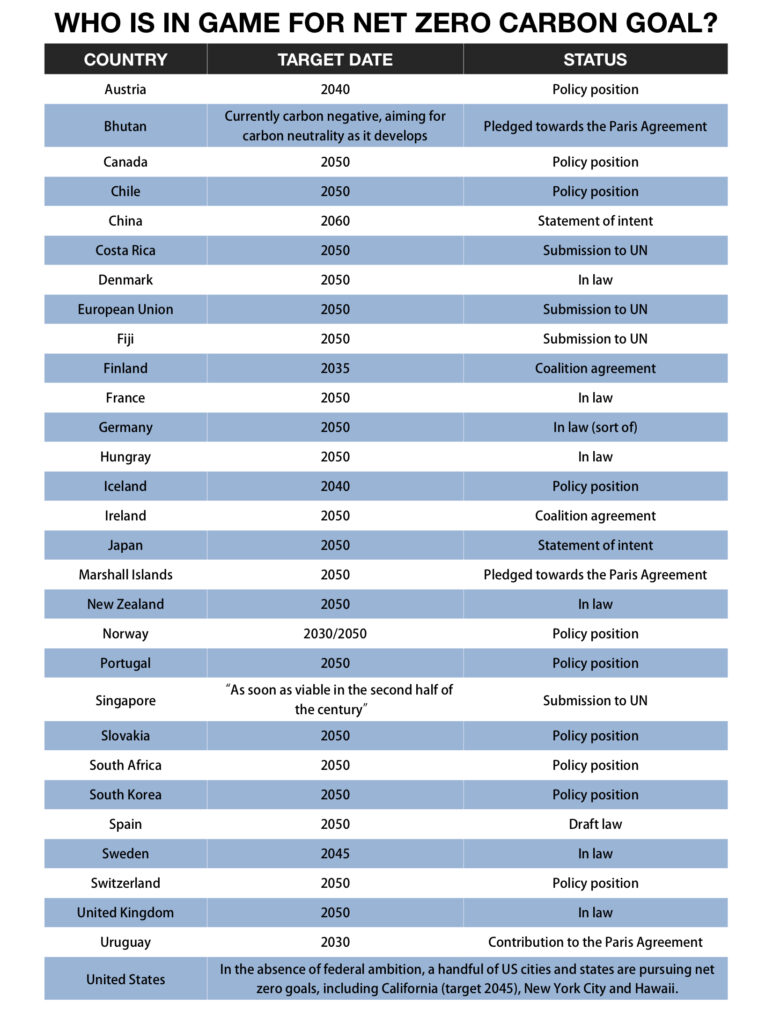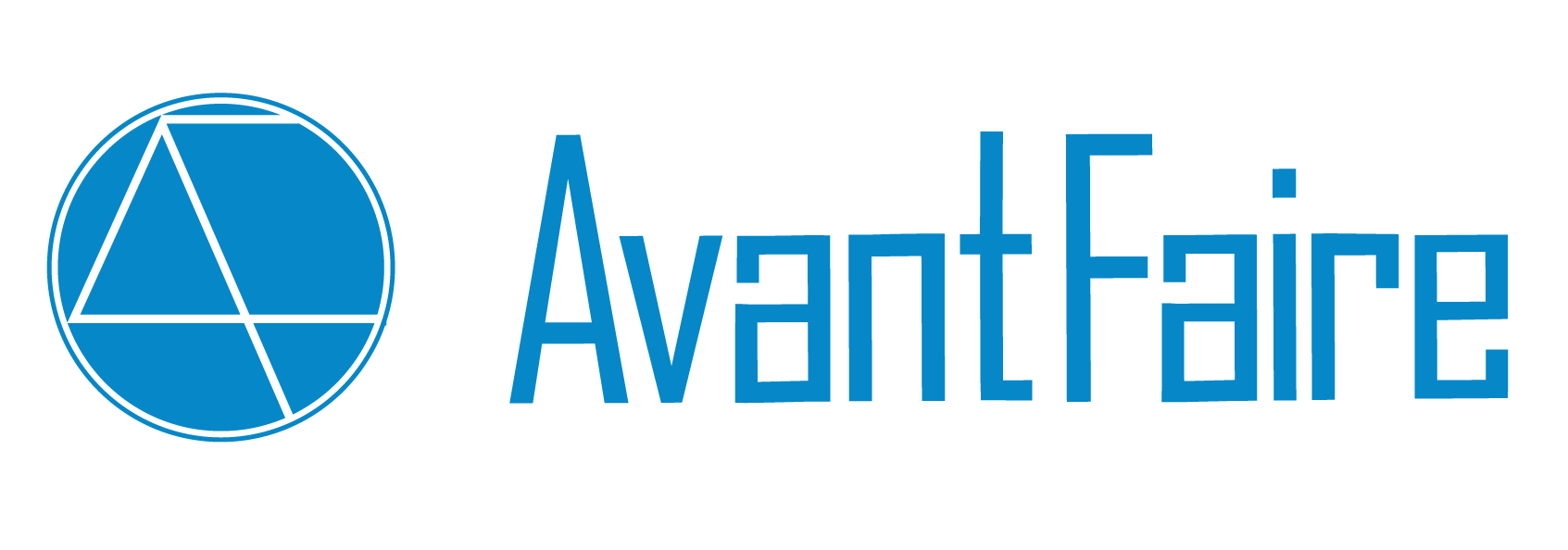The truth is, with or without us, the natural world will rebuild.
It’s not about saving the planet, it’s about saving us humans.
Sir David Attenborough,
A life on Our Planet.

The new documentary was not only a memoirs of his entire career exploring the nature and introducing the wild life to everyone, but more like a witness statement and vision for the future. It is the story of how we human came to make the mistake by threatening the very existence of the wilderness, and how, if we act now, we can yet put it right.
No more wild world.
We humans have been living in the Holocene, which has been one of the most stable periods in our planet’s great history. For 100,000 years (out of the four-billion-years of life’s on this planet), the average temperature has not wavered up or down by more than one degree Celsius.
We rely entirely on this finely tuned life-support machine. And it relies on its biodiversity to run smoothly. Yet the way we humans live on Earth now is sending biodiversity into a decline.
However, by 2011 we found out that the ocean become unable to absorb all the excess heat caused by our activities. And as a result, the average global temperature today is one degree Celsius warmer than it was nearly a century ago.
A marked change in atmospheric carbon has always been incompatible with a stable earth. It was a feature of all five mass extinctions. In previous events, it had taken volcanic activity up to one million years to dredge up enough carbon from within the earth to trigger a catastrophe. But by burning millions of years worth of living organisms all at once as coal and oil, we had managed to do so in less than 200 years.
(Source: A life on Our Planet)
And that’s why in 2015, the Paris Agreement specifies that countries should “limit warming to well below 2˚C, and pursue efforts to limit it to 1.5˚C”.
What difference would the 0.5˚C make?
The half-degree difference could also prevent corals from being completely eradicated and ease pressure on the Arctic. The IPCC report takes stock of how much higher the risks of a 2˚C world are than 1.5˚C. For example, under 1.5°C of warming, the report finds it is very likely to have one sea-ice-free summer every 100 years; at 2°C, the frequency increases to at least one every 10 years.

But major questions remained: Are all countries committed? How can the world achieve this temperature goal? And what happens if it doesn’t?
Are we all committed to Paris Agreement?
An analysis by Oxfam recently found that the world’s richest 1% are responsible for the emissions of more than twice as much carbon dioxide as the poorer half of the world, while a mere 100 companies are responsible for 71% of global carbon emissions.
(Source: The Guardian)
On 22 September 2020, China’s President Xi Jinping announced to the UN General Assembly that China would strive to achieve carbon neutrality by 2050. The country would adopt “more vigorous policies and measures” to peak emissions before 2030, he added. Beijing has prioritised clean energy in its recovery from the coronavirus pandemic, but many provinces are building new coal power plants to boost economic growth.
The announcement is being seen as a significant step in the fight against climate change. China is the world’s biggest source of carbon dioxide, responsible for around 28% of global emissions.
(Source: BBC news)

Apart from committing to carbon neutral goals, strengthening capability, giving financing to developing country, What Else Can We Do? A life on Our Planet also offered some thoughts.
Promote clean energy
The living world is essentially solar-powered. The earth plants capture three trillion kilowatt-hours of solar energy each day. That’s almost 20 times the energy we need. Imagine if we phase out fossil fuels and run our world on the eternal energies of nature too: sunlight, wind, water and geothermal. Within 20 years, renewables are predicted to be the world’s main source of power. But we can make them the only source.
Morocco used to rely on imported oil and gas, but today, it generates 40% of the energy it needs at home, from a network of renewable power plants, including the world’s largest solar farm, which sits on the edge of the Sahara, and cabled directly into southern Europe. Morocco could be an exporter of solar energy by 2050.
(Source: A life on Our Planet)
Re-wild the nature
Estimate suggest that “no fish” zones over a third of our coastal seas would be sufficient to provide us with all the fish we will ever need.
The UN is attempting to create the biggest “no fish” zone of all in the international waters. In one act, this would transform the open ocean from a place exhausted by subsidised fishing fleets to a wilderness that will help us all in our efforts to combat climate change.
(Source: A life on Our Planet)
The living world can’t be fully function without a healthy ocean, and neither can we. Seagrass, coral reefs can also help embrace the biodiversity along the coast. Oil leak has been the greatest nightmare to the seagrass in Indian Ocean. With our strong connection in Africa, AvantFaire have been paying close attention to how local organisations strive to restore the seagrass ecosystem.
When it comes to the land, we must radically reduce the area we use to farm, so that we can make space for returning wilderness. And what we can do in this? Change our diet. If we all had a largely plant-based diet, we would need only half the land we use at the moment.
It’s entirely possible for us to apply both low-tech and hi-tech solutions to produce much more food from much less land. For example, Dutch farmers have become expert at getting the most out of each hectare. Increasingly, they’re doing so sustainably. Raising yields tenfold in two generations while at the same time using less water, fewer pesticides, less fertiliser and emitting less carbon. Despite the size of Netherland, it’s now the world’s second largest exporter of food.
Forests are a fundamental component of our planet’s recovery. They are the best technology nature has for locking away carbon. And they are renters of biodiversity.
The Future is Now
- We have overfished 30% of fish stocks to critical levels.
- We cut down over 15 billion tress each year.
- We reduced the size of freshwater population by over 80% by polluting and over-extracting rivers and lakes.
- Half of the fertile land on earth is now farmland.
- Summer sea ice in the Arctic has reduced by 40% in 40 years.
(Source: A life on Our Planet)
We as a single species might one day have the power to threaten the very existence of the wilderness. And now might be our only chance to save the world, save ourselves.
As always, we welcome your thoughts in the comments section of our LinkedIn post!

A Second Chance for Everything, and Everyone – Avantfaire Investment Management Limited
[…] comes from the nature just like all the other creatures. As discussed earlier, with or without us, the natural world will rebuild. It’s not about saving the planet but saving […]